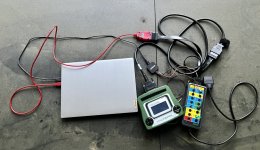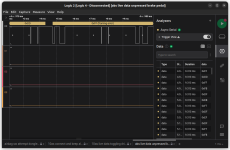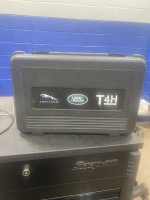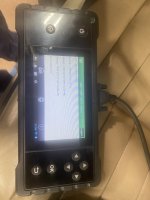airbag looks easy. 4800 bps, header, message checksum
alarm looks similar, 9600 bps, tons of bytes in the message but looks easily broken down into components like door switches.
I cant tell what's going on with ABS. it uses the k-line but it's not structured like iso9141. maybe VPW. Im sure the GEMS ECU is going nuts ignoring the trash on the serial line
I dont think even the scantool.net stuff will work, Im leaning towards arduino with a linbus adapter
alarm looks similar, 9600 bps, tons of bytes in the message but looks easily broken down into components like door switches.
I cant tell what's going on with ABS. it uses the k-line but it's not structured like iso9141. maybe VPW. Im sure the GEMS ECU is going nuts ignoring the trash on the serial line
I dont think even the scantool.net stuff will work, Im leaning towards arduino with a linbus adapter



